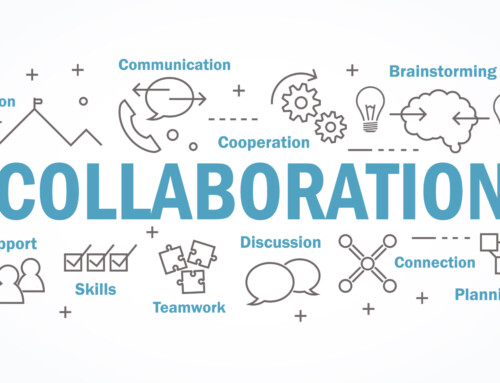In the face of ample evidence that, despite the growing focus on change management as a resource, about 70 percent of change initiatives fail, understanding what’s really driving resistance can be the key to designing and deploying change plans that will deliver sustainable, beneficial change for organizations.
That’s easier said than done. It’s great to recognize a less-than-enthusiastic stakeholder, but if you take her reasons at face value, you may miss the issues that could torpedo your project later. So how do you gain confidence that you understand the real positions of stakeholders and are getting to the core of their resistance?
First, understand that resistance isn’t inherently bad. Human brains are pre-programmed to see change as a threat, [1] so the natural reaction is to resist it, even when the change is good.
We once implemented a new bonus scheme that paid out more money and reached more people. We believed employees across the organization would love the opportunity to be rewarded more generously, and by and large they were. But the new incentive scheme did not create quite the buzz we had anticipated. Many probing conversations later, we discovered that, because we had changed the date of the bonus payout, we had limited the options for investing bonus monies under U.K. taxation laws. Lesson learned—there’s always a downside for someone, no matter how positive the change. So do assume resistance, but don’t assume negative intent.
Second, it’s important to quantify whether the resistance is related to the change itself or to the way it is being implemented. In the example above, most people supported the scheme itself—even though it included raised performance targets. The change to the payout date that created the negative reaction was simple to remedy once we understood it. But we wouldn’t have been able to make this important change to the payout date had we not taken the trouble to probe the causes for the presenting lack of enthusiasm.
Framing Questions
Interviewing stakeholders using a framework of five question types derived from Socratic questioning technique [2] can help consultants to truly understand what stakeholders really think about a change initiative (Figure 1):
Clarification questions are designed to create a detailed understanding of what stakeholders think.
Assumption questions go one level deeper to uncover why stakeholders have these ideas.
Reason and Evidence questions help us to focus colleagues on facts rather than perceptions.
Implication and Consequence questions generate an exploration of probabilities and possibilities, allowing us to embrace solutions.
Viewpoint and Perspective questions help us to walk in other people’s shoes, bringing richness to the whole discussion and helping us to craft solutions that can work for the majority.
| Question Type | Example |
|---|---|
| Clarification |
|
| Clarification |
|
| Reason and Evidence |
|
| Implication and Consequence |
|
| Viewpoint and Perspective? |
|
This disciplined, systemic approach helps change consultants explore complex ideas, reveal issues and problems, uncover assumptions, increase understanding, and develop relevant, practical solutions.
In addition to the insights we can gain into stakeholders thinking, this approach also deepens engagement with the organization and its leaders by offering a listening environment in which people can really be heard. In my experience, most individuals are keen to support their employers and want their businesses to do well. Using Socratic questioning techniques to facilitate deeper understanding of the proposed change for employees and change practitioners alike creates exceptional levels of buy-in and alignment.
Karan Paige is a senior change executive who works at C-Suite-level supporting organizations in times of turbulence, opportunity, and change. She has helped hundreds of businesses deliver quantifiable and sustainable benefits from their change programs and is much sought as a leadership coach specializing in transformation.
References
1. Hilary Scarlett, Neuroscience for Organizational Change, 2016.
2. Richard Paul and Linda Elder, The Thinker’s Guide to the Art of Socratic Questioning, Foundation for Critical thinking, 2006.





I like everything about this article but please, please, please stop with the 70% bs, it’s been debunked so many times Just using it as it a jump off point drags your quality article down. Extra points for refocusing the discussion on conversation and two way communication